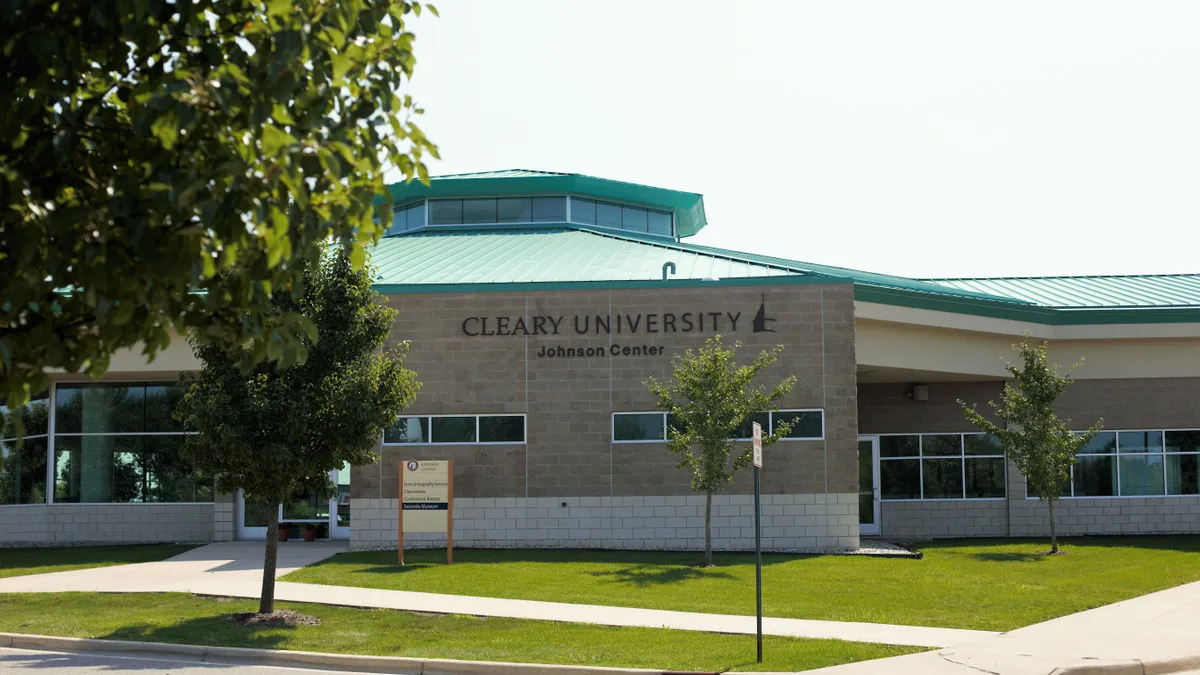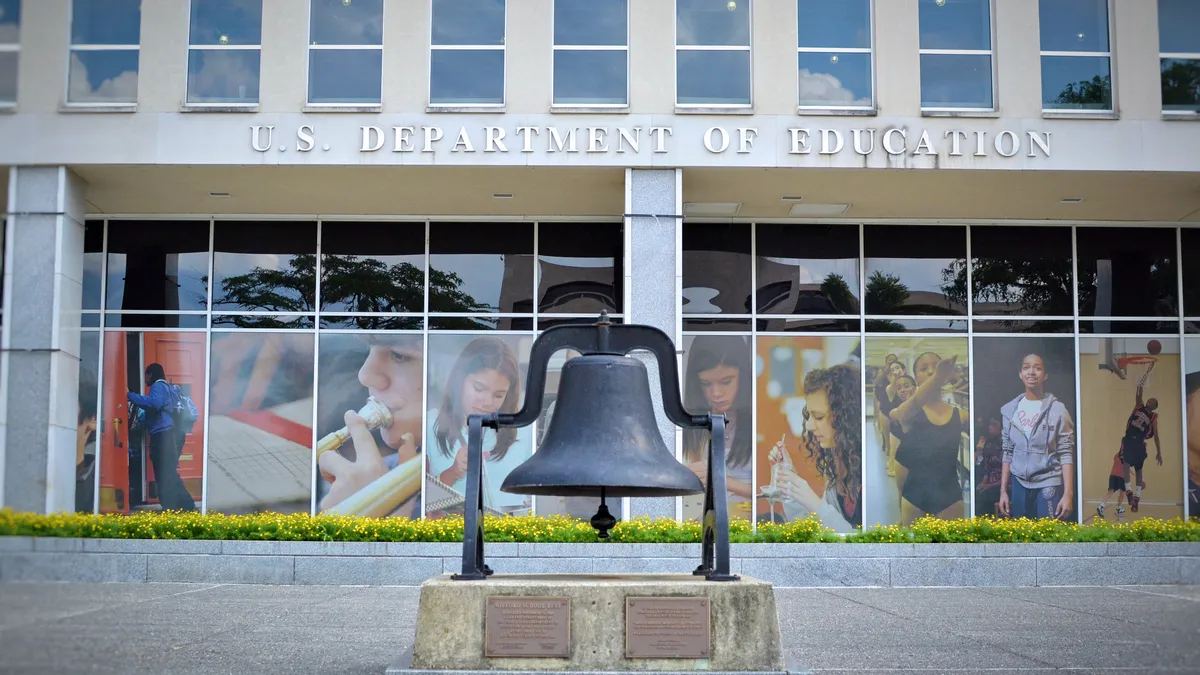Editor's note: Jayson Boyers is the president of Cleary University, in Howell, Mich.
Recently, I read that 65% of the City University of New York's operating budget is offset by state and city support. Leaders of private universities, like me, understand what a gift that is because we don't have that benefit.
I don't dispute the wisdom of supporting public universities. That's the very definition of public education, and it is powerful and important. But there is a place for small, private institutions, too, and we must figure out a way to diversify our revenue while making higher learning accessible and affordable for the student.
The way to do that is through industry-education partnerships. Not only does this diversify our revenue streams but it also ties into the needs of employers. Such partnerships pave the way for educational institutions to build a curriculum that responds to industry needs, staying on the cutting edge of where our economies are headed — a win that keeps on giving.
There are big issues facing American higher education today. First is the imperative to provide the opportunity for advanced learning to as many students as possible across socioeconomic and geographic lines. But with access must come affordability. Students can't bank their futures on an insurmountable mountain of debt they may never be able to pay off, no matter how quickly they rise through the ranks of their careers.
Finally, there is the question of economic growth. Local communities thrive when they have an educated workforce, and thriving colleges and universities provide employment for so many in the communities where they are located. Again, win-win-win. Strong communities depend on strong industry, strong education and growth in all directions.
Our recent partnership with TEAM Schostak, a regional restaurant company with employees in five states, addresses these issues by giving its workers free tuition to our programs.
The benefit extends to full-time, part-time and hourly employees and their children and grandchildren, potentially ending a multigenerational cycle of poverty and boosting local communities for generations to come.
This partnership — and others that we are creating — guarantees a steady stream of students for us, something any university would welcome. For industry, this arrangement promotes employees' longevity and loyalty, and their upward mobility within the company.
The tuition model of old just doesn't work anymore, for us or for our students. Scholarships to employees are nice, but they're limited if they don't cover all education costs. One or two classes does not a degree make. We must innovate to bring in students without burying them in debt and still have a workable business model for higher education.
Every time a college or university closes its doors, the rest of us suffer. Limiting choice leads to overcrowding and wait-lists at the institutions that remain open. We need a variety of educational situations for today's learners — large and small, broad-based and specialized, in-person and online.
From the adult learner to the post-millennial student, people want practical, hands-on learning that will help them advance in their careers. But, we must not abandon the age-old educational model that promotes thinking, depth and inquiry because that's ultimately what drives innovation, entrepreneurship and a diverse economy.
It's not that the tuition model is necessarily bad. It's that colleges and industry need to partner because we can't stand on the tuition model alone.
The economy has shifted. More adults need retraining. And employers are demanding workers have a broader-than-bottom-line perspective. Higher education must adapt to these workforce needs. To do so, we have to innovate the way we deliver education.
Partnering with industry makes so much sense.
In higher education, we face a challenging business model for sure. But the conversation must go beyond the simple cost of college to focus on value. We must think bigger, and broader, to develop the whole person if we want a sustainable workforce that sustains higher education. Economic growth depends on these types of partnerships.
Tying private colleges and universities into the communities in which they serve can help. Employers must invest in the education of their workforce. When employers invest in their employees, employees stay longer, move up the chain and address workforce needs. It's an everybody-wins proposition that grows the economy. We only move forward collaboratively.


















